Introduction to Ciqikou Ancient Town
Nestled on the banks of the Jialing River in Chongqing, China, Ciqikou Ancient Town (磁器口古镇, Cíqìkǒu Gǔzhèn) stands as a living testament to the region’s rich cultural heritage. Often referred to as “Little Chongqing,” this charming enclave offers visitors a step back in time to experience the ambiance of old Chongqing.
Ciqikou, which literally means “Porcelain Port,” earned its name from its once-thriving porcelain industry. For centuries, it served as a vital production and distribution center for fine china, leaving an indelible mark on the town’s identity and economy.
Today, Ciqikou Ancient Town beckons travelers with its well-preserved architecture, vibrant local culture, and a tangible connection to China’s porcelain-making legacy.
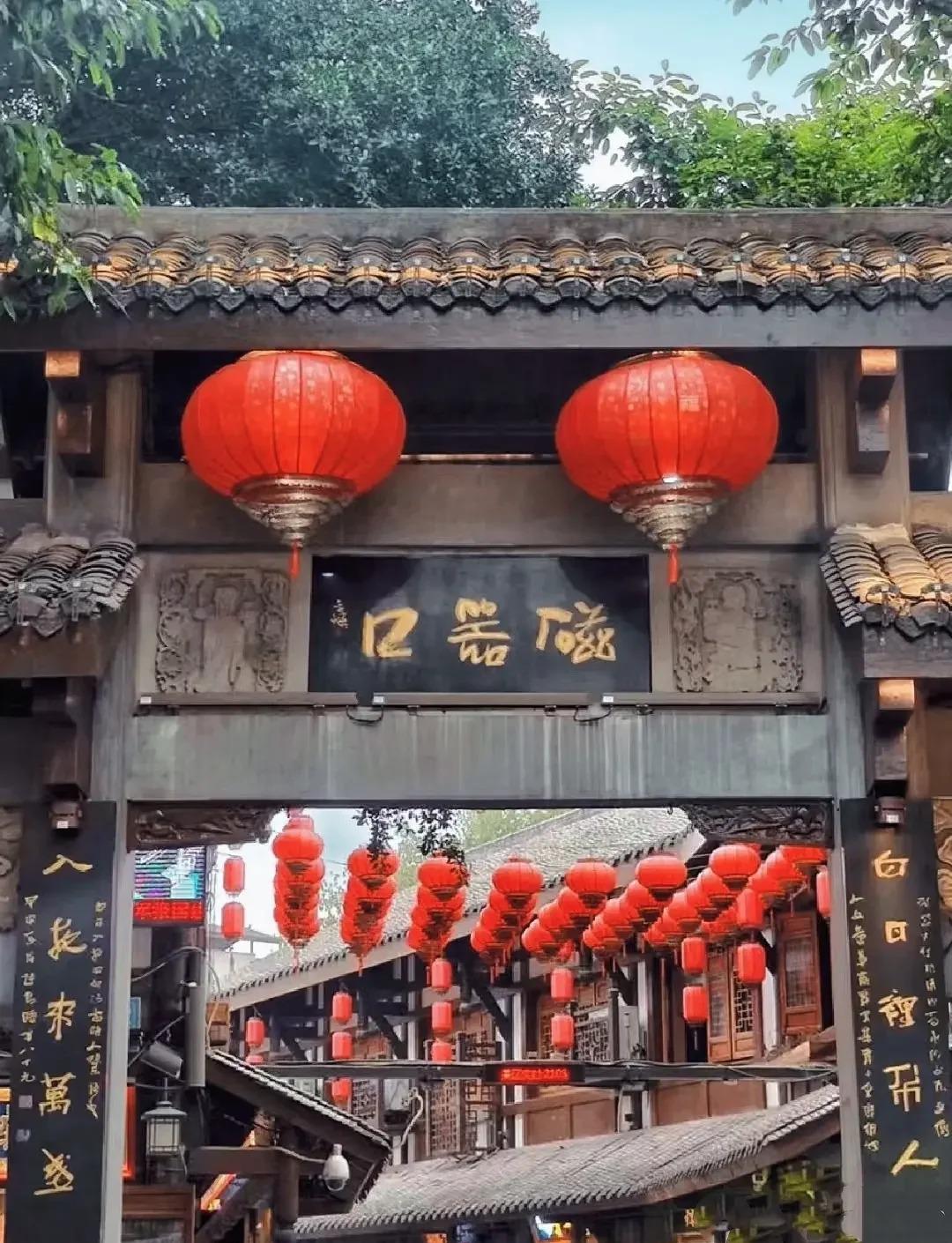
Historical Background and Development
Ciqikou’s history stretches back to the Ming Dynasty (1368-1644), when it first gained prominence as a porcelain production hub. The town’s strategic location on the Jialing River facilitated the transportation of raw materials and finished goods, contributing to its rapid growth and prosperity.
As time progressed, Ciqikou evolved from a purely industrial center to a bustling port town. The Qing Dynasty (1644-1912) saw the town reach its zenith, with a thriving economy based not only on porcelain but also on salt, rice, and silk trades.
Key historical events that shaped Ciqikou include:
- The rise of the porcelain industry during the Ming Dynasty
- The expansion of river trade during the Qing Dynasty
- The decline of traditional industries in the 20th century
- The town’s resurgence as a cultural and tourist destination in recent decades
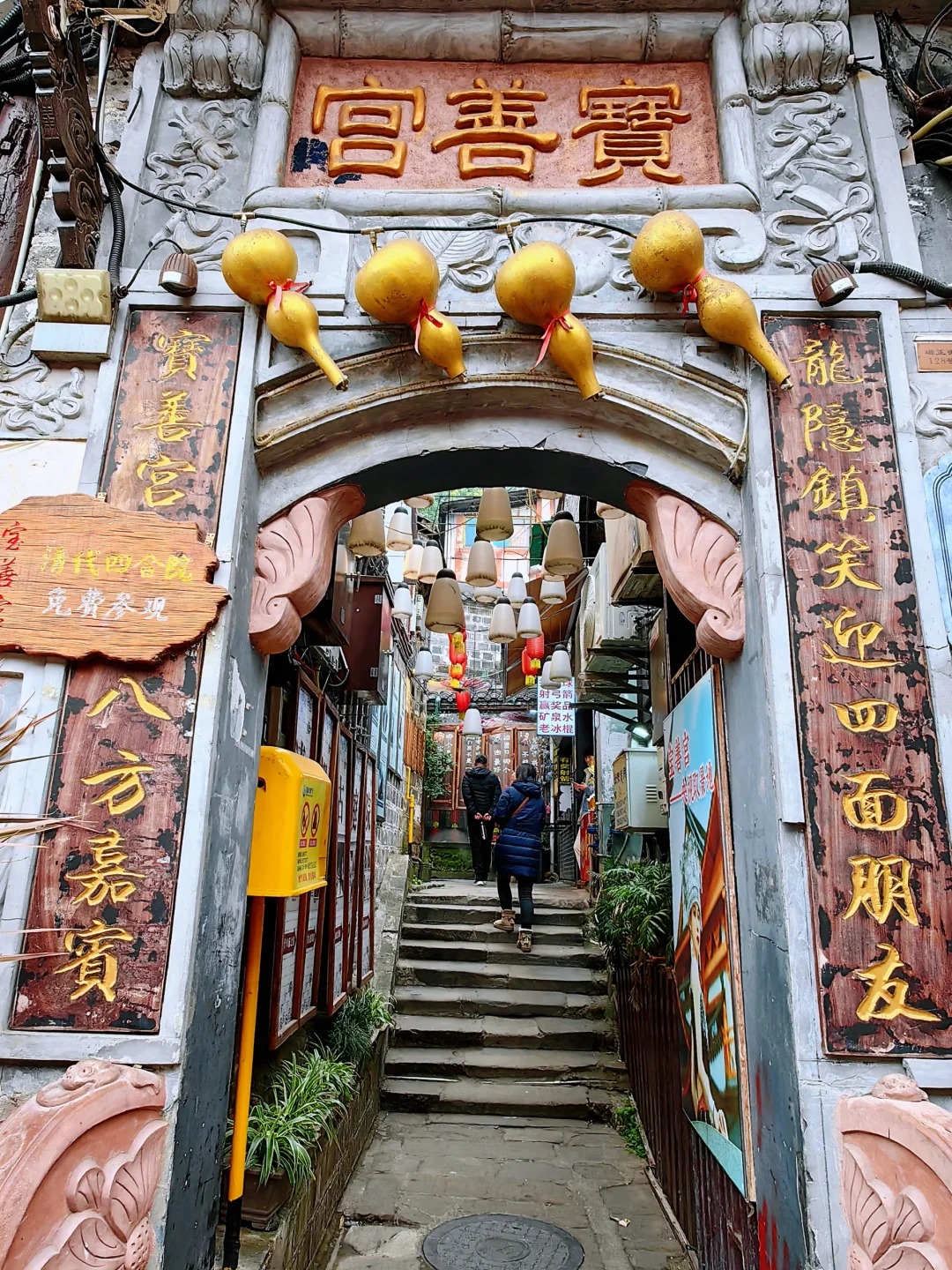
Architectural Features and Layout
Ciqikou Ancient Town is renowned for its well-preserved examples of traditional Sichuan-style architecture. Narrow stone streets wind between rows of wooden buildings, their upturned eaves and intricate carvings telling stories of centuries past.
Notable structures include:
- Ancient town gates, marking the entrances to the old city
- Baolun Temple, a spiritual center dating back to the Southern Song Dynasty
- Traditional tea houses, serving as social hubs for locals and visitors alike
The town’s layout reflects traditional Chinese urban planning principles, with a central axis and a network of interconnected alleys and courtyards.
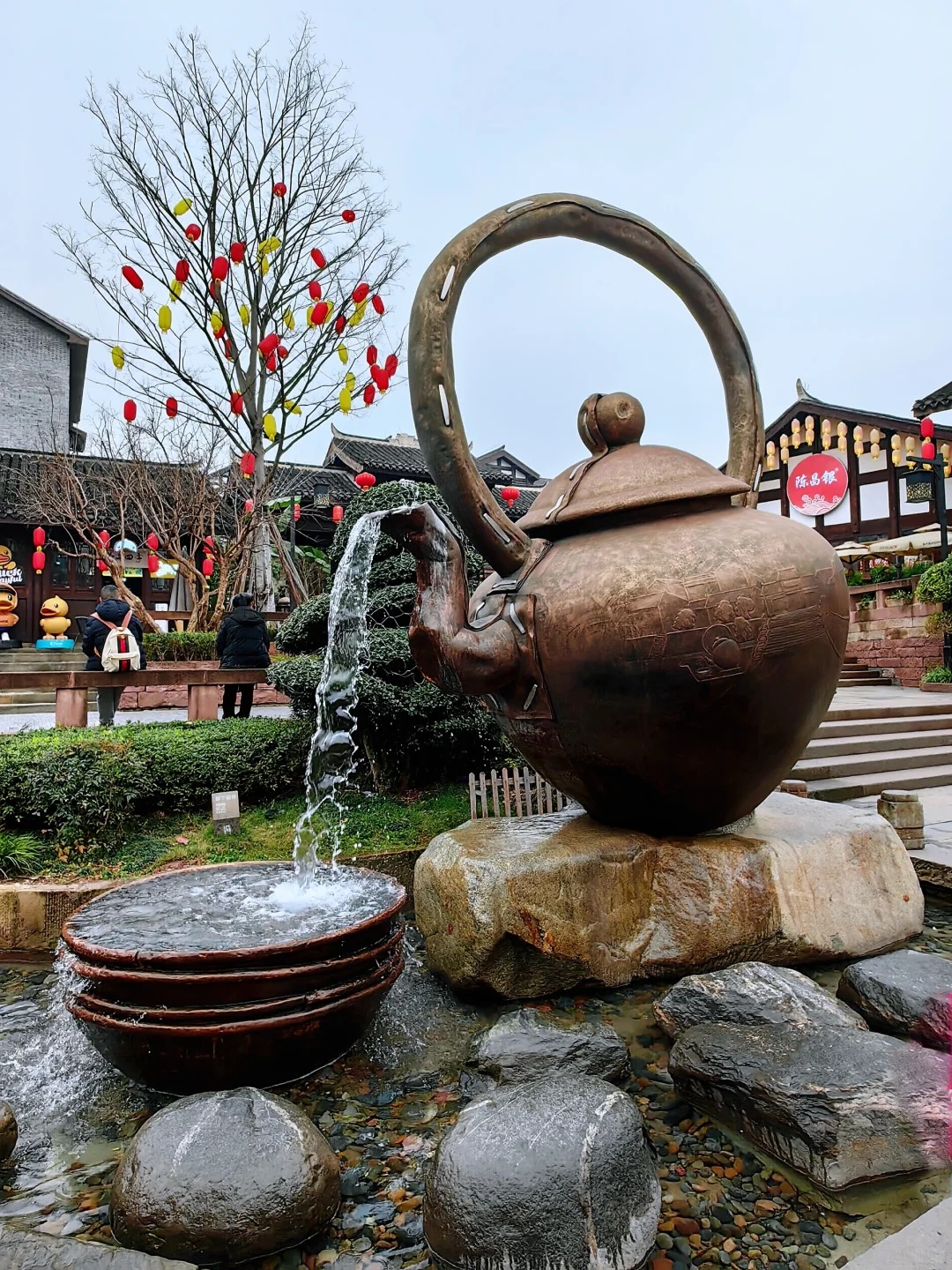
Cultural Attractions and Heritage Sites
| Attraction | Description |
|---|---|
| Baolun Temple | Ancient Buddhist temple with stunning architecture |
| Former Residence of Zhang Yunti | Home of a renowned Qing Dynasty official |
| Ciqikou Museum | Showcases local history and porcelain-making techniques |
| Traditional Tea Houses | Offer authentic tea culture experiences |
These sites provide visitors with a deep dive into the rich cultural tapestry of Ciqikou and the broader Chongqing region.
Local Cuisine and Shopping
Ciqikou is a paradise for food lovers and shoppers alike. Local specialties include:
- Maoxiewang: A spicy duck blood and offal soup
- Qianzhang: Hand-pulled noodles with a variety of toppings
- Grilled fish: Prepared with local spices and served street-side
The town’s food streets are lined with vendors offering these delicacies and more. For shoppers, Ciqikou offers a wealth of options:
- Porcelain shops selling both traditional and modern designs
- Handicraft stores featuring local artisanal products
- Souvenir stalls offering unique mementos of your visit
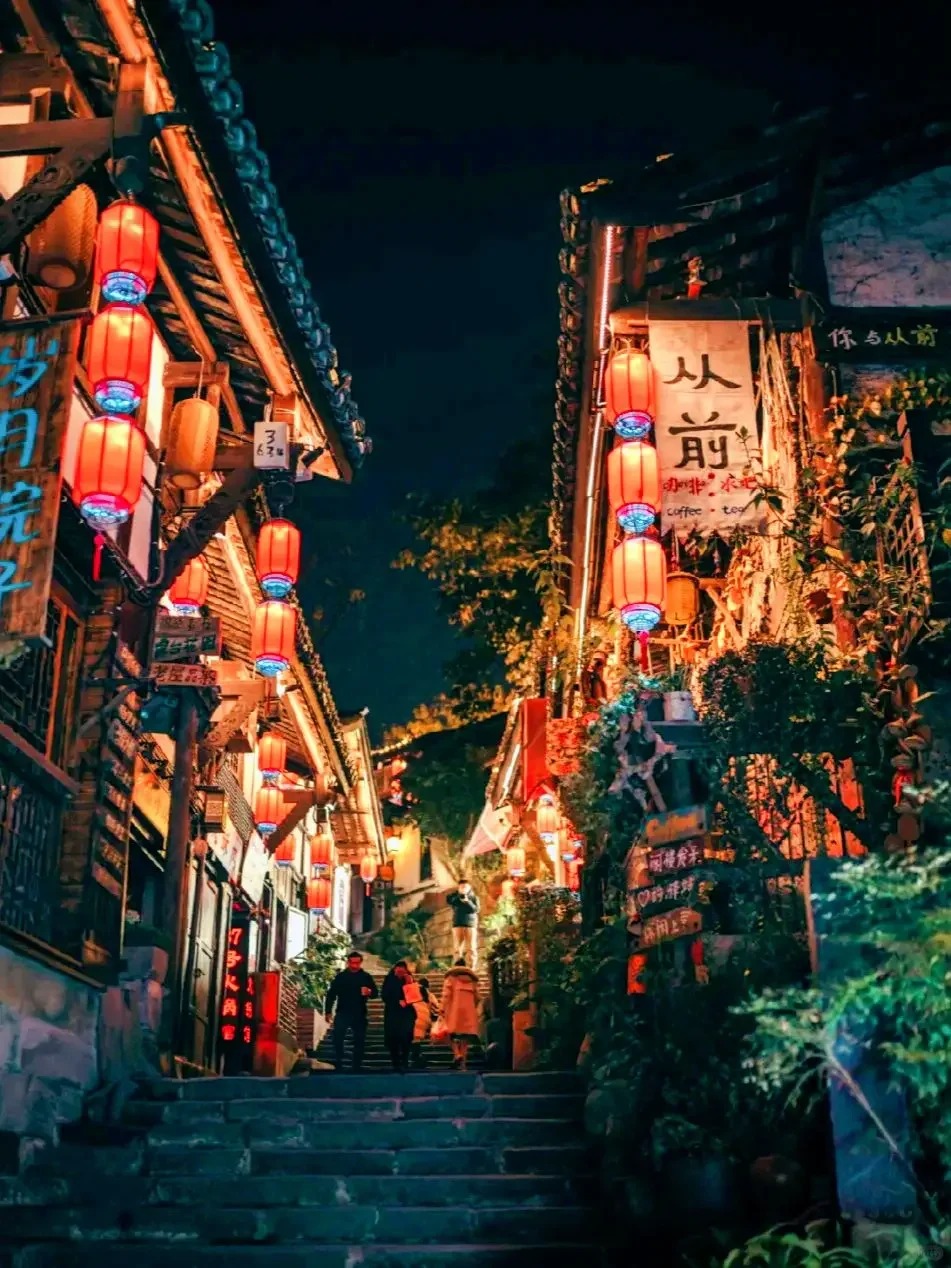
Modern Ciqikou: Balancing Tradition and Tourism
In recent years, Ciqikou has undergone careful restoration to preserve its historical charm while accommodating modern tourism. Preservation efforts have focused on maintaining the integrity of ancient buildings while discreetly integrating necessary amenities.
The town hosts various cultural events throughout the year, including:
- Traditional opera performances
- Lantern festivals during Chinese New Year
- Craft demonstrations by local artisans
While tourism has brought economic benefits, it has also presented challenges in maintaining the authentic lifestyle of local residents. Efforts are ongoing to strike a balance between preservation and development.
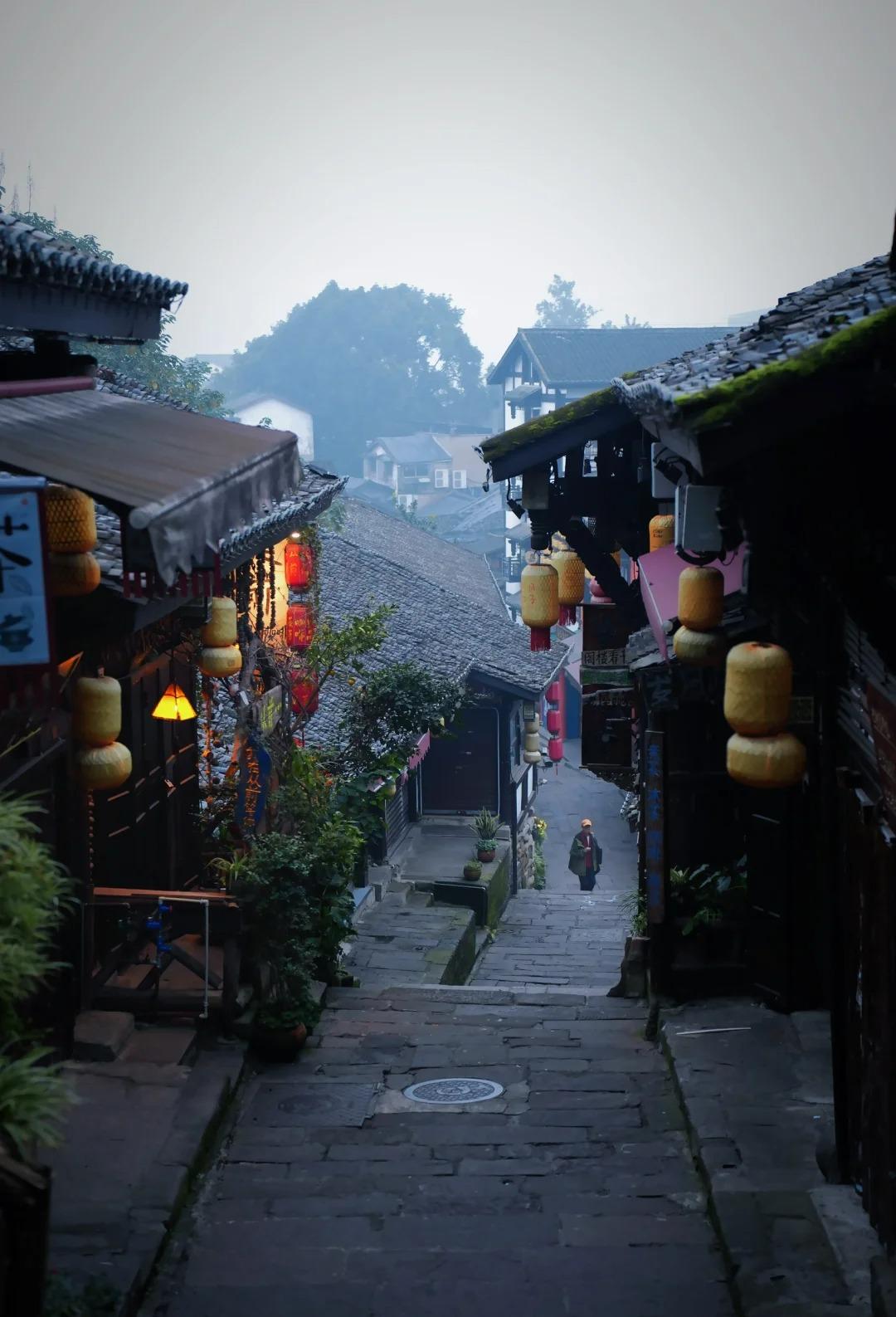
Practical Information for Visitors
To reach Ciqikou Ancient Town:
- Take Metro Line 1 to Ciqikou Station, then walk or take a short bus ride
- Buses 220, 261, and 464 also stop near the town entrance
Best times to visit:
- Spring (March-May) and autumn (September-November) for mild weather
- Allow at least half a day to explore the main attractions
Guided tours are available, offering in-depth historical insights. However, the compact nature of the town also makes it ideal for self-guided exploration.
Nearby attractions include the Chongqing Zoo and the Three Gorges Museum, making Ciqikou an excellent addition to a broader Chongqing itinerary.





